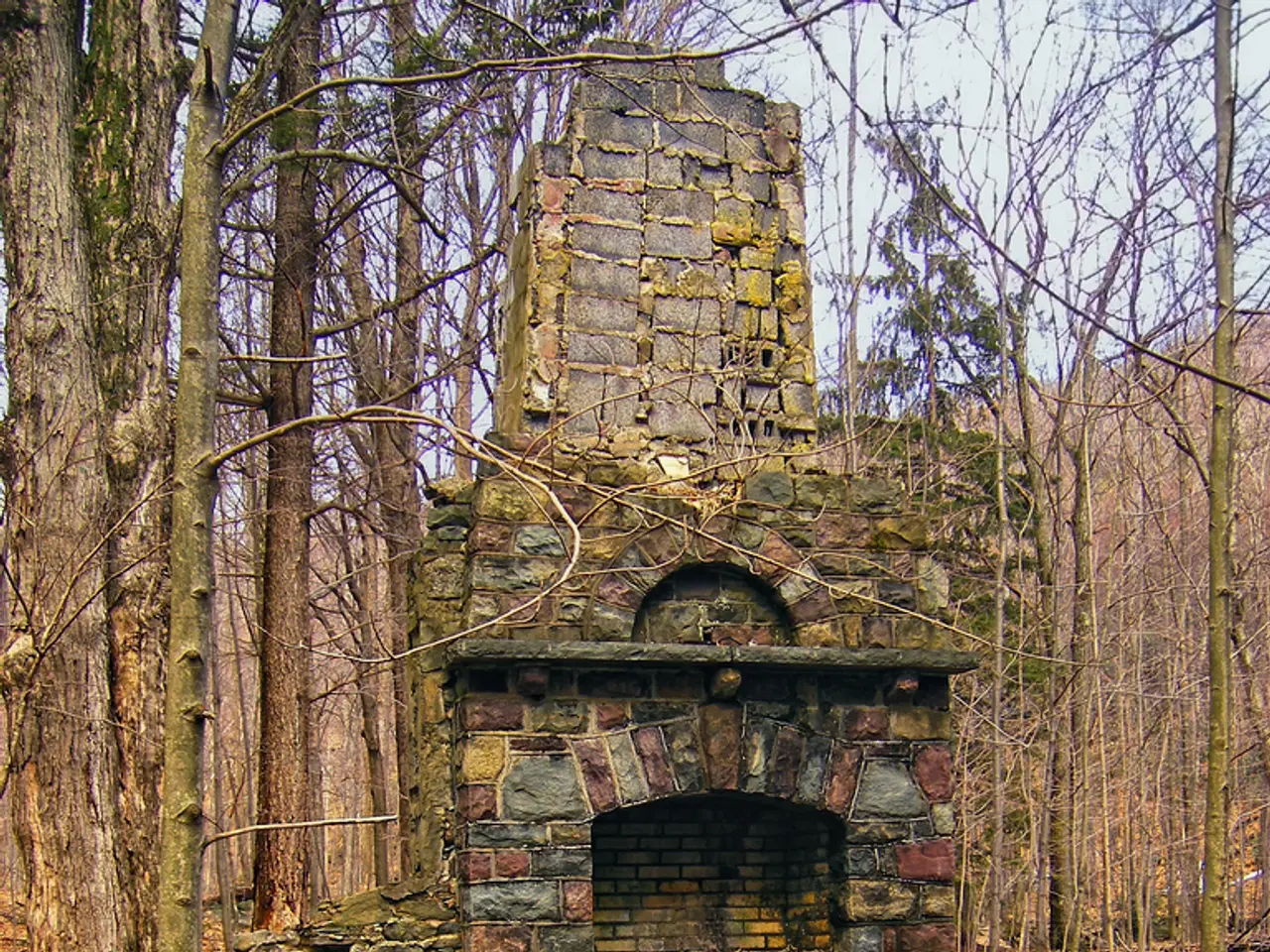Dispose of the brick?
A new range of bricks, developed by sustainable materials start-up earth4Earth, is set to revolutionize the construction industry. These innovative bricks use Direct Air Capture (DAC) technology to remove carbon dioxide from the atmosphere, offering a promising solution for sustainable building.
Alternative Bricks for Sustainable Construction
Traditional bricks are not the only option in sustainable construction. A variety of eco-friendly alternatives are gaining popularity, including recycled plastic blocks, Ferrock, mycelium, straw bales, compressed earth bricks (CEB), mud blocks, fly ash bricks, and bamboo. These materials offer significant benefits, such as reducing carbon emissions, improving waste management, and enhancing building energy efficiency.
Recycled Plastic Blocks
Made from waste plastics, recycled plastic blocks divert materials from landfills, reduce raw material extraction, and lower the overall carbon footprint.
Ferrock
Ferrock, a composite made from recycled steel and iron dust, is not only carbon-negative but also stronger and more eco-friendly than concrete. During the curing process, it absorbs CO₂.
Mycelium
Grown rather than manufactured, mycelium requires minimal energy and serves as a lightweight, carbon-negative option.
Straw Bales
Straw bales provide excellent insulation, reducing energy use in buildings, and are biodegradable.
Compressed Earth Blocks (CEB)
Enhanced with recycled glass and lime, CEB offer durable, low-carbon alternatives to cement bricks by reusing waste glass and cutting down cement use, a major carbon emitter.
Mud Blocks, Fly Ash Bricks, Lime-Based Binders, Bamboo
These materials utilize natural or industrial by-products, lowering carbon emissions relative to traditional fired bricks or cement blocks.
The Benefits of Carbon-Storing Bricks
The new carbon-storing bricks manufactured by earth4Earth offer several advantages. They are made using excavated soil that would otherwise go to landfill, and the binder used is especially developed to minimize emissions during the manufacturing process.
Moreover, traditional brickmaking is responsible for more than 1.3 billion tonnes of CO₂ annually. By favoring these carbon-storing bricks, we could significantly cut millions of tonnes of carbon emissions.
A Shift in Perspective
The construction sector is invited to re-evaluate not only what they build with but why they build with it. James Ritson, the Programme Leader for MSc Innovation in Sustainable Built Environments, has raised a challenge about relying on carbon-efficient bricks for sustainable construction models.
Bricks are labor-intensive and expensive due to the requirement of high-carbon mortar. Modern buildings primarily use internal blockwork for load-bearing, making bricks a decorative material. However, modern alternatives to traditional bricks include bio-integrated bricks, cladding alternatives, waste-based bricks, bio-based materials, 3D-printed earth products, straw panels, hempcrete, mass timber or stone structures.
The Future of Sustainable Construction
The first batch of these carbon-storing bricks is being piloted in the UK. Replacing bricks with stone or alternative materials could significantly cut carbon emissions. However, there is a mindset challenge in how the property-buying public view new builds that aren't made of traditional brick. Cultural identity may override environmental concerns in the use of traditional bricks, such as Manchester's red brick, London's yellow brick, or Midlands darker brick.
Nevertheless, the new binder used in these bricks is produced using a unique lime production process that can be done at room temperature, according to Professor Theodore Hanein, co-founder of earth4Earth. All carbon produced during the manufacture of the e4E binder is permanently stored in a solid form.
As we move towards a more sustainable future, it's essential to challenge traditional practices and embrace innovative solutions like these carbon-storing bricks. If you're interested in learning more about sustainability and construction, consider exploring UBE's MSc Innovation in Sustainable Built Environments and other postgraduate courses in sustainability and construction.
- Environmental science shows a variety of eco-friendly alternatives to traditional bricks for sustainable construction, such as recycled plastic blocks, Ferrock, mycelium, straw bales, compressed earth bricks (CEB), mud blocks, fly ash bricks, and bamboo.
- Proliferating the use of carbon-storing bricks in the construction industry, as provided by companies like earth4Earth, would help overcome the 1.3 billion tonnes of CO₂ emissions annualy caused by traditional brickmaking.
- For those interested in expanding their knowledge of sustainability and construction, postgraduate courses like the MSc Innovation in Sustainable Built Environments and other related programs could be worth exploring.
- The growth of casino-and-gambling industry is an area that could potentially benefit from sustainable building practices, as the industry aspires to present a more responsible and environmentally-conscious image.
- The integration of technology in the environmental-science field has the potential to significantly advance the efforts towards sustainable building, through innovations such as bio-integrated bricks, 3D-printed earth products, and mass timber or stone structures.




